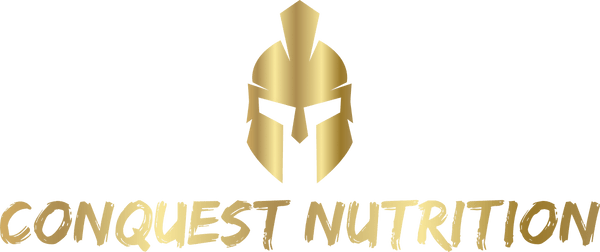Avian Sternum Collagen Peptides
Avian Sternum Collagen Peptides
Snapshot
Avian sternum collagen peptides are a bioavailable form of type II collagen sourced from chicken breastbone, supporting joint health, cartilage repair, mobility, and comfort.

What is Avian Sternum Collagen Peptides?
Avian sternum collagen peptides are hydrolyzed proteins derived from the cartilage-rich breastbone (sternum) of chickens. Unlike other collagen types that primarily support skin or connective tissue, these peptides are rich in type II collagen—the structural protein that makes up cartilage and cushions joints. This ingredient is widely used to promote joint comfort, flexibility, and mobility, particularly in aging populations and athletes.
Where It Comes From
The sternum of chickens is a concentrated source of native type II collagen and proteoglycans like chondroitin sulfate and hyaluronic acid. Through a hydrolysis process, the collagen is broken down into smaller peptides for easier absorption and bioavailability. This form of collagen is frequently featured in premium joint support supplements.
Key Nutrients & Compounds
Avian sternum collagen provides a high concentration of type II collagen, along with naturally occurring chondroitin sulfate and hyaluronic acid. Type II collagen plays a crucial role in cartilage strength and flexibility, while chondroitin helps retain moisture in connective tissues, and hyaluronic acid supports joint lubrication and elasticity.
Health Benefits
Avian sternum collagen supports the structure and resilience of joint cartilage. Regular use may reduce joint discomfort, improve range of motion, and enhance overall mobility. It also helps replenish collagen lost with age, supporting long-term joint function and flexibility. The addition of hyaluronic acid and chondroitin contributes to synovial fluid production, which is essential for joint lubrication and shock absorption.
Recommended Dosage
Clinical studies on type II collagen typically use doses ranging from 40 mg (undenatured) to 1,500 mg daily (hydrolyzed peptides). For hydrolyzed avian collagen peptides, doses between 500–1,500 mg per day are commonly used, often taken on an empty stomach for best absorption.
How to Use It
Available in capsules, powders, or included in joint support blends. Powders dissolve easily in smoothies, shakes, or water. It’s often combined with glucosamine, MSM, or turmeric for enhanced anti-inflammatory and structural support.
Who Should Use It?
Ideal for individuals with joint pain, stiffness, or cartilage degradation due to aging, intense physical activity, or osteoarthritis. It’s also beneficial for athletes, fitness enthusiasts, or anyone wanting to protect long-term joint health.
Possible Interactions or Cautions
Generally safe and well-tolerated. Those with poultry allergies should avoid avian collagen products. Always consult a healthcare provider before use if pregnant, breastfeeding, or managing chronic inflammatory conditions.
Final Thoughts
Avian sternum collagen peptides provide targeted support for joint health with a highly bioavailable form of type II collagen. Their unique composition makes them a top choice for mobility, flexibility, and cartilage regeneration—especially for those experiencing age-related or exercise-induced joint wear.
Scientific Studies
Moskowitz, R. W. (2000). Role of collagen hydrolysate in bone and joint disease. Seminars in Arthritis and Rheumatism, 30(2), 87–99. https://doi.org/10.1053/sarh.2000.9622
Clark, K. L., et al. (2008). 24-week study on the use of collagen hydrolysate as a dietary supplement in athletes with activity-related joint pain. Current Medical Research and Opinion, 24(5), 1485–1496. https://doi.org/10.1185/030079908X291967
Bakilan, F., et al. (2016). Effects of native type II collagen treatment on knee osteoarthritis: A randomized controlled trial. Eurasian Journal of Medicine, 48(2), 95–101. https://doi.org/10.5152/eurasianjmed.2016.15096
Toulis, K. A., et al. (2021). The effect of collagen supplementation on arthritis and joint health: A meta-analysis. Nutrients, 13(10), 3358. https://doi.org/10.3390/nu13103358
